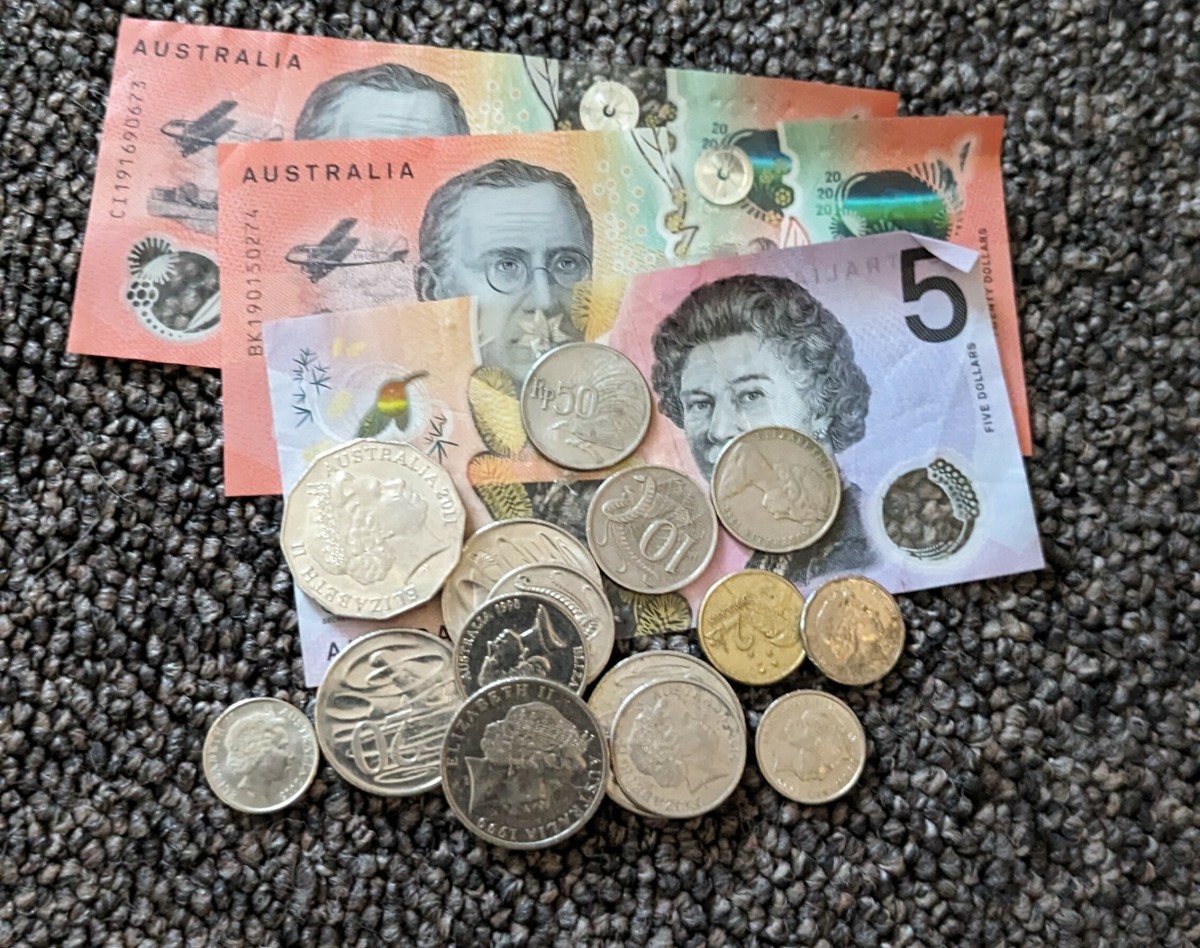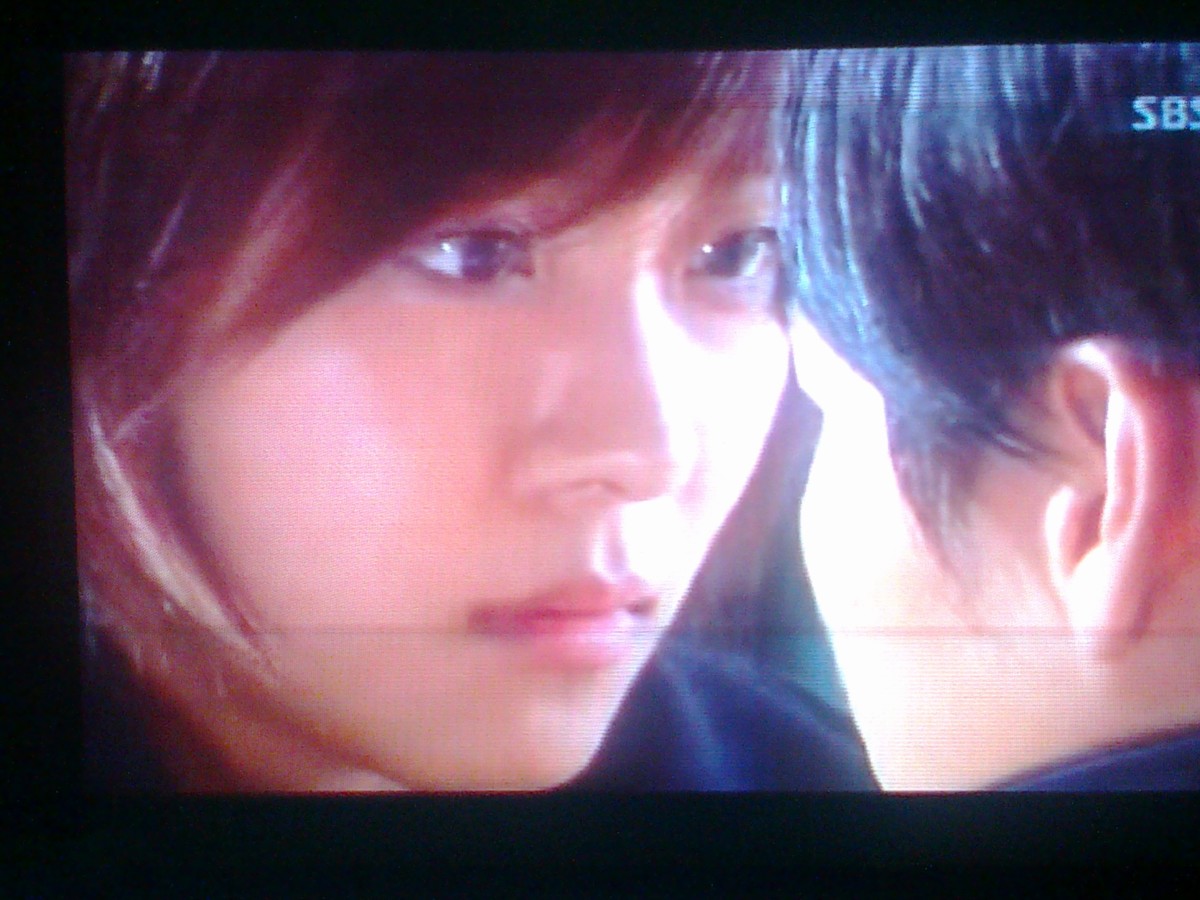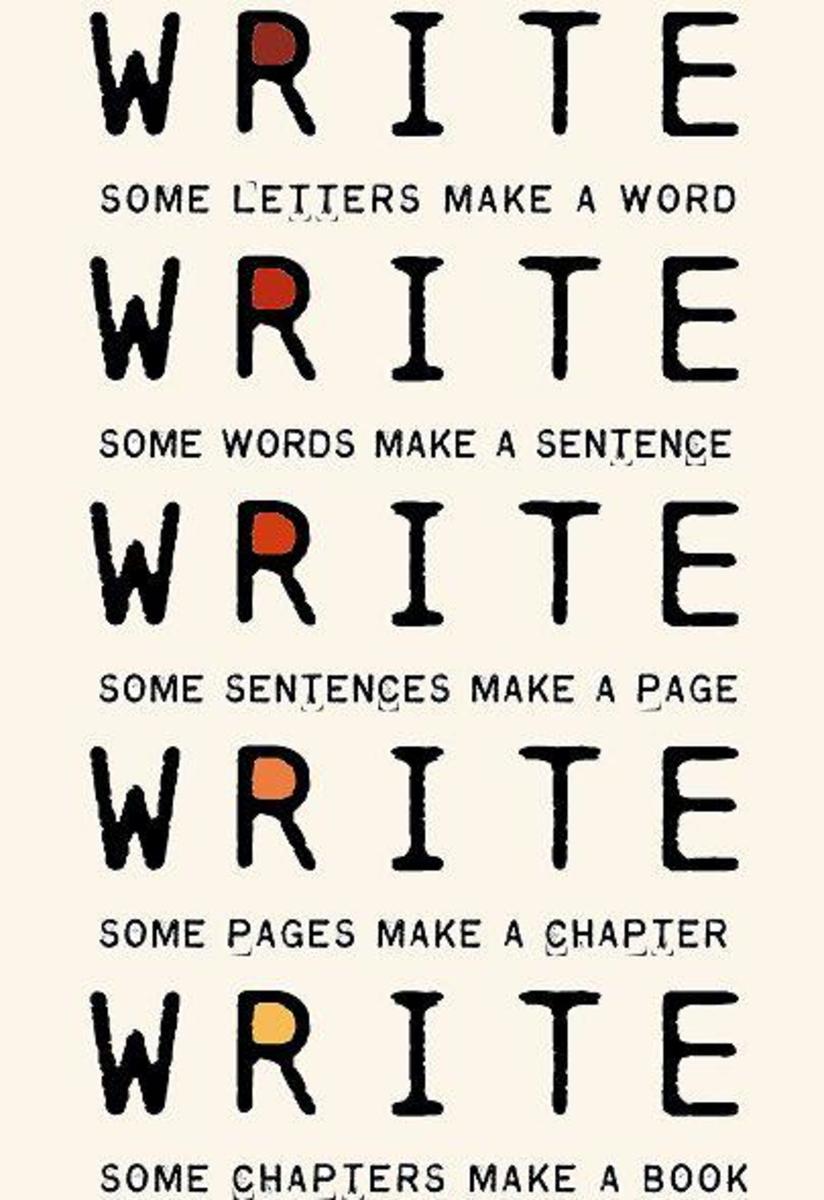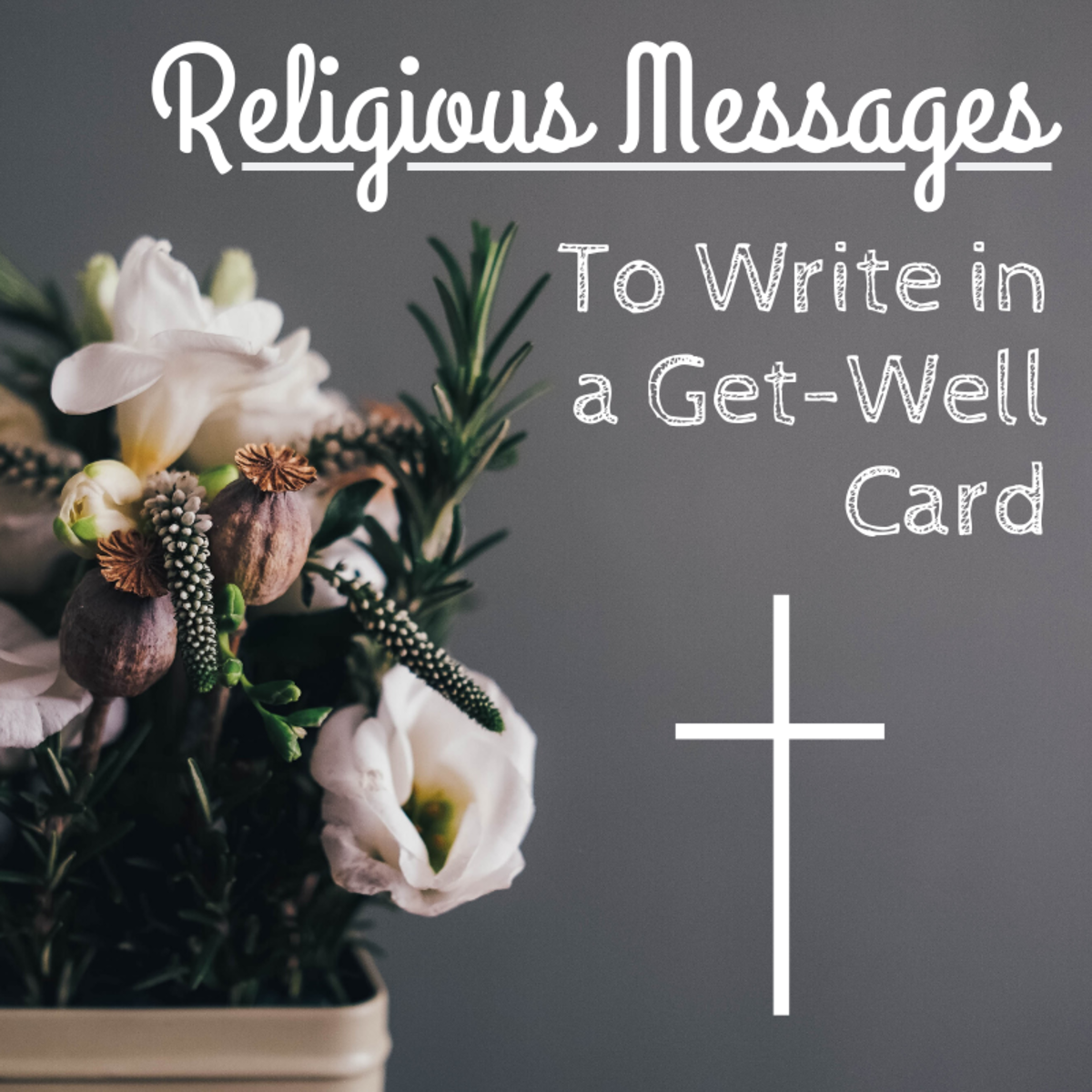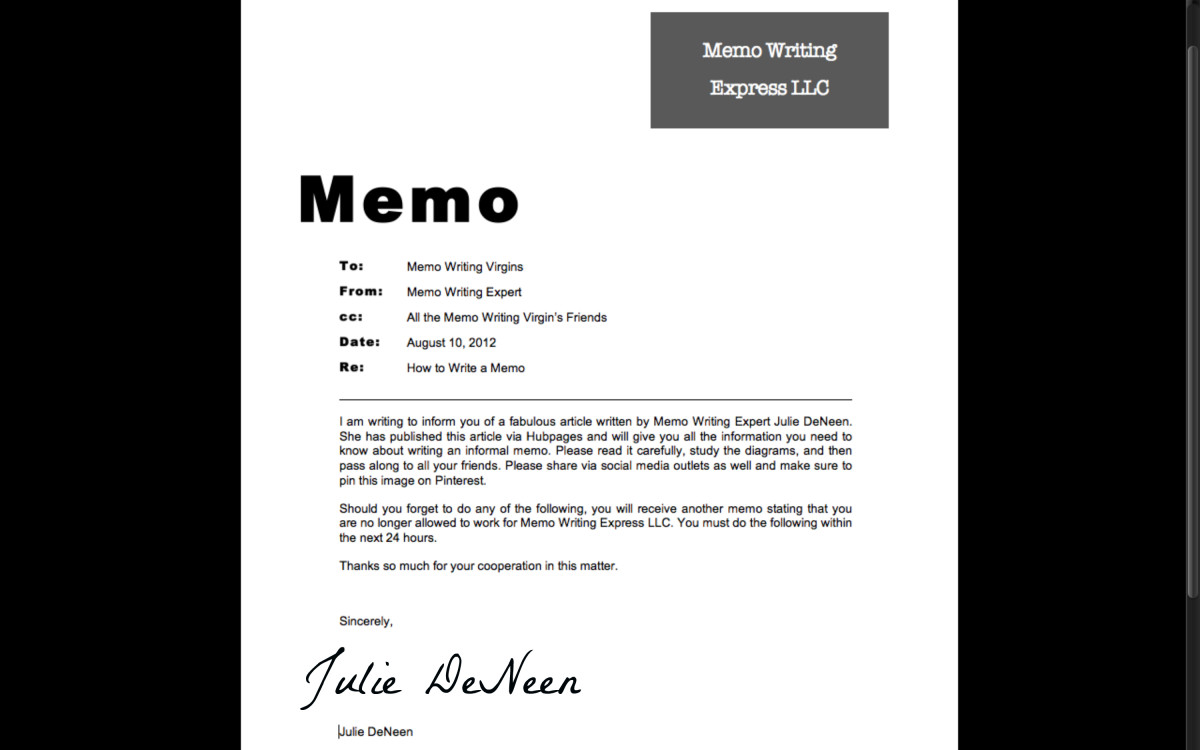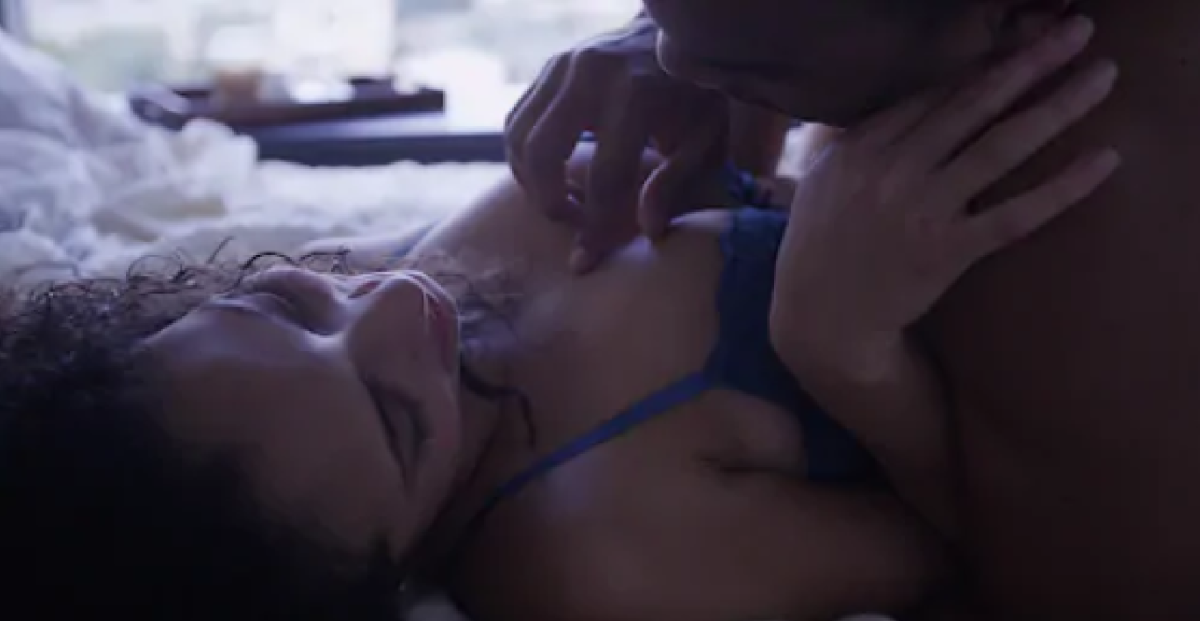Lights, Camera, Action! How to Write Action Scenes.
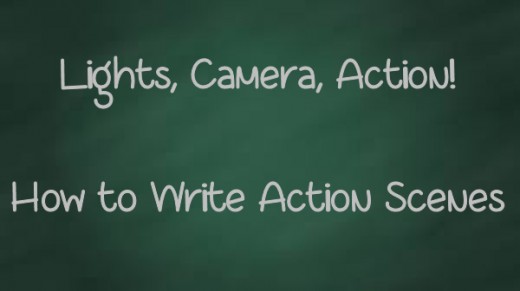
Why Action Scenes are Different
How do you define 'action' -- what comes to mind when you picture an action scene?
Speed. Power. Strength. Skill. Precision. Rage. Terror.
When writing an action scene, your words need to reflect those things. In movies, you'll notice that fight or chase scenes typically have rapidly changing camera angles to emphasize the characters' own quick movements. You need to mirror this in your writing.
Compare such a scene to an opening shot, where the camera slowly pans over the landscape from above, capturing the setting in its entirety. In writing, you would mimic this by sprinkling your writing with adjectives and adverbs, and by drawing out your sentences. In these scenes, you are taking a leisurely afternoon stroll with the reader, showing them the scenery and helping them to relax. You can add more descriptive words, as you are allowing the reader to "stop and smell the roses", as it were.
Actions scenes are different. Your reader cannot feel relaxed. They are in danger. Their heart is racing. There is no time for sight-seeing and flowery prose. Movements are quick, tension is high. Anything can happen. One misstep and it's all over. If they look away, they will die.
However, be wary of using too many short sentences in any one action scene. While you want the reader to feel alert, you also don't want them to feel twitchy. Sprinkle your short sentences with longer ones to keep it flowing. Short sentences are like kicks and jabs, and you want to throw in a few sweeping movements (long sentences) to tie it all together.
Now, an action scene can mean a lot of things. Maybe you're writing about a street fight, in which case you should use more short sentences and harsh-sounding words to drive home the roughness of two guys just beating the hell out of each other. Maybe you've got two grandmasters facing off, and want more grace than a street fight, in which case more long sentences might better reflect that. Maybe you've got a wider focus than just two people -- maybe you're encompassing an entire battle field! Or, maybe your action scene is a chase scene with no fighting at all.
Every action scene is different. Experiment with sentence length, word choice, and point of view until you get the right feel. As with anything, this becomes easier with practice.
Trimming the Excess
In English class, most of us were taught to incorporate adjectives and adverbs into our writing in order to make it more interesting. Flowery prose may be fine and dandy in a descriptive paragraph, but action scenes have a different set of requirements. When writing an action scene, forget the lectures from high school. Action scenes need to be quick and direct. If you notice your action scene falling short, it may be that you need to trim the fat.
Choosing stronger words will help you to more naturally reduce the amount of adverbs and adjectives in your writing. Let's take a look at some examples:
Weak Words
| Strong Words
|
|---|---|
Jill ran
| Jill raced
|
Jill walked
| Jill ambled
|
Jill said loudly
| Jill bellowed
|
Jill said quietly
| Jill whispered
|
Jill jumped
| Jill leapt
|
Jill cried
| Jill wept
|
In addition to weak words versus strong words, you'll need to be on the lookout for redundant phrases. Of course, this goes for all writing, but it is especially important when writing an action scene, as your goal is to get the pace going as fast as possible. Redundancy will trip up most readers.
Often times, as you're scanning for those weak words, you'll find the redundant ones at the same time. You might see something like, "Jill ran quickly," and think 'well duh, that's the point of running, to be fast!' and you'll know to whip out your Thesaurus and find a better, stronger word.
Practice Makes Perfect
I've said it before and I'll say it again: writing action scenes becomes easier with practice. But how do you practice when you can't get that scene out of your head well enough to even tweak it? Movies!
That's right, movies. Go watch any movie with a good action scene and really observe what's happening. Write it down. Who hit whom? How did that guy dodge that hit? Watch their bodies, watch their surroundings. How much did the camera focus on quick movements versus sweeping motions? What about facial expressions? Write down words that describe how you feel when you watch these scenes. Anxious, exhilirated, angry! What parts made you jump, and what parts made you really wish you could do that too?
When you're done, study that. Compare different scenes and see what they did differently, and what they did the same. How did these similarities and differences change your emotions? Study it, and start encorporating it into your scenes.
Still stuck? Describe any of the fight scenes you just watched as if you were describing it to your blind friend. Don't worry about making it sound good right now, because you're going to go back in a minute and get to editing. Bust out the Thesaurus and replace weak words with strong ones, trim the fat, embellish a little! Did Sarah hit Joe in the head? Nope, Sarah struck Joe in the temple. And instead of falling, he collapsed.
I highly recommend listening to some soundtrack music for this part, it makes the whole process much more exciting.
Wrapping it Up
Have you ever watched a fight scene in a movie where you thought, 'Oh just get on with it, already?!' Writing is the same. While action scenes are essential to most writing, you don't want to drag them out for too long.
How long is too long? That depends on the type of action you're aiming for. An action scene can mean a thirty second street fight or a thirty year war! So for this reason, I recommend Google. As a writer, it is your job to research to bring realism to your writing. Get in there and dig for details specific to your scenario!
Action happens in a second, and your writing should capture that. Keep sentences short, but allow for a certain level of flow; use powerful words that don't weigh down your writing; and don't drag out your scenes any more than necessary.


